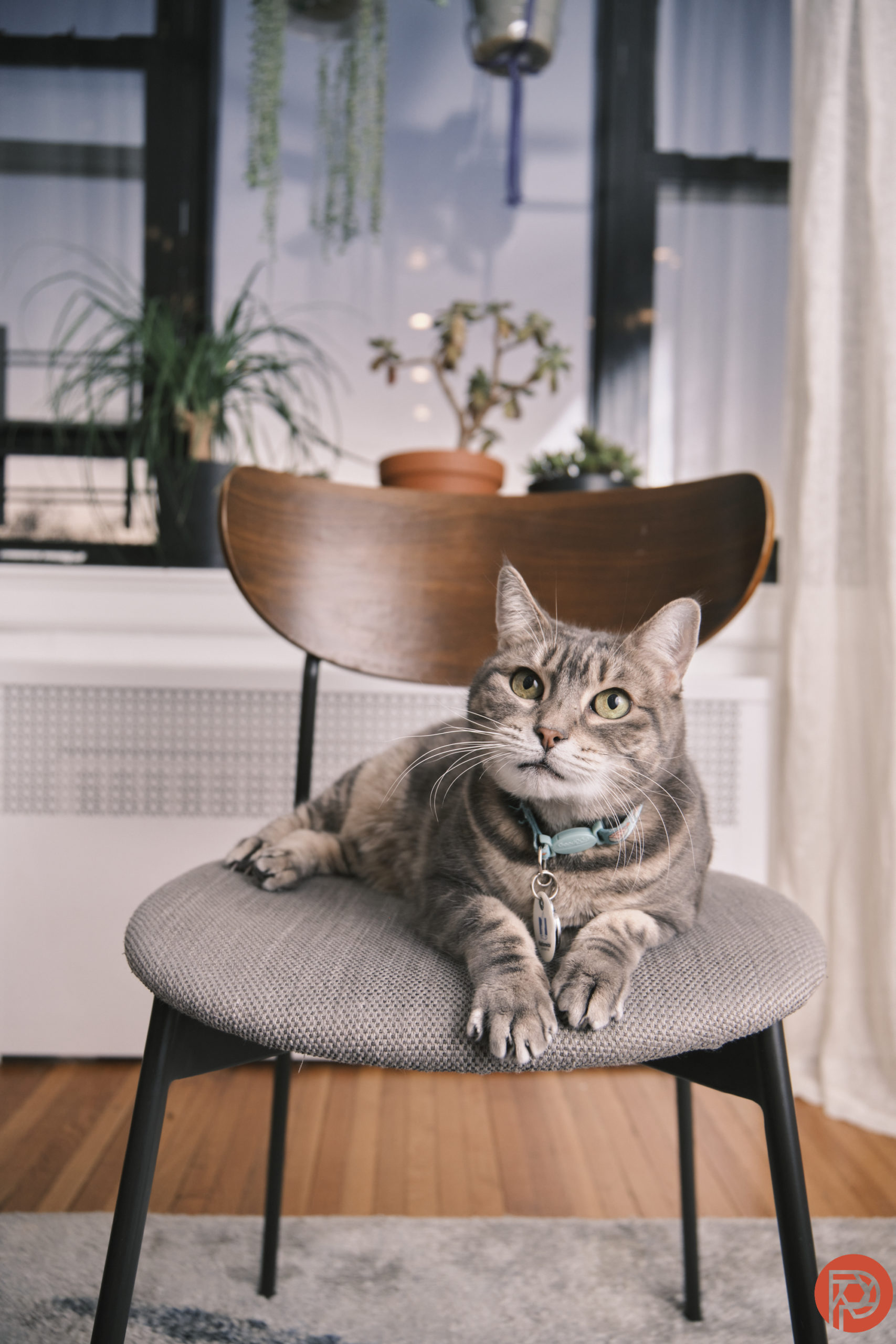If you’re in love with the idea of photographing your cat, dog, or any other pets, then we’ve got a very big tip for you. We’ve talked a lot about how to get your pet to look at a camera. This time around we’ll consider the obvious things in the scene, because you see so much differently than your camera does. With that in mind, the key to photographing pets sometimes has to do with the exposure.
The contrast in the scene is incredibly important when it comes to photographing pets. If you’re photographing a black cat or dog against a black background, your camera is going to have a ton of problems. If you’re using pet AI scene detection, it can also still have problems. Here are some essential tips regarding contrast:
- Turn up the lights, and use a background that contrasts with your pets fur. This will help the camera’s scene detection while photographing.
- Changing the exposure preview mode on your camera won’t always solve the problem. Sure, your camera might see better at 1/15th of a second, but can you handhold at that shutter speed? Seriously, it’s all about finding the right light.
- The right lights in this situation are either warmer or more white in color. Don’t mess around with multi-colored LEDs; they can confuse your camera about what it’s focusing on.
- Stop your lens down from f2 to f3.5 if you’re using a faster focal length. This goes for all sensor sizes.
- When photographing pets, use continuous autofocus. Sometimes, it’s a great idea to also tell the camera what focusing point you’re going to use. Years ago, the center and recompose method was used, but now continuous autofocus and tracking allow you to focus and recompose the scene. The camera will then ensure that your furry friend remains in focus.
If you are reading this and animal/pet photography is something that you’d like to get into a little more, the number one piece of advice I can give is that you learn how to understand and read the body language of your subjects.
Craig Turner in our Interview
Of course, we’re not the only ones saying this. For example, check out the photos of Chris Van Riel. He captures dogs midair with a ton of contrast between their fur and the scenes behind them. And he’s doing it with natural lighting. Photographing pets doesn’t always need to be a big studio affair, but it does need to be a conversation about colors and how cameras see. This is all part of contrast detection.
Sure, your camera might have phase detection, but it won’t necessarily help. A camera can have phase detection added onto the sensor and still not be able to autofocus that well. We’d know: we’ve tested cameras on so many cats and dogs in our reviews.
Happy shooting photos of your pets!


